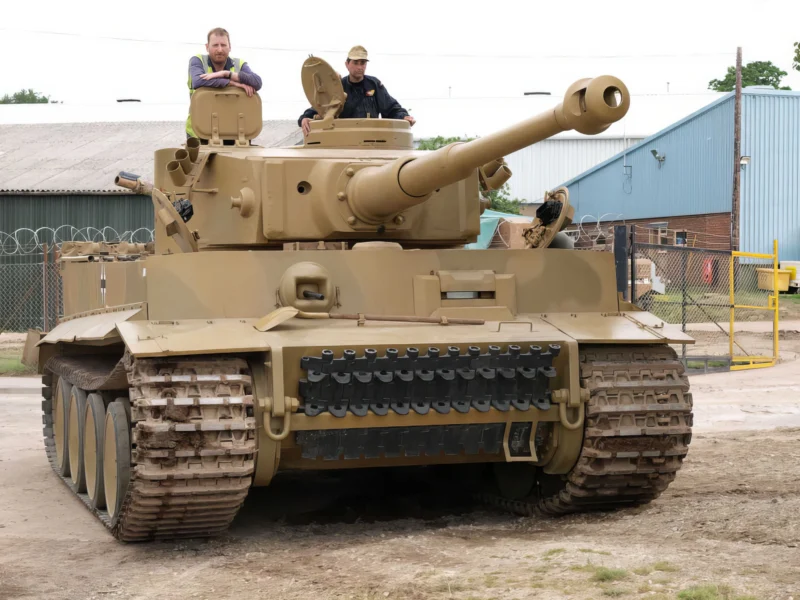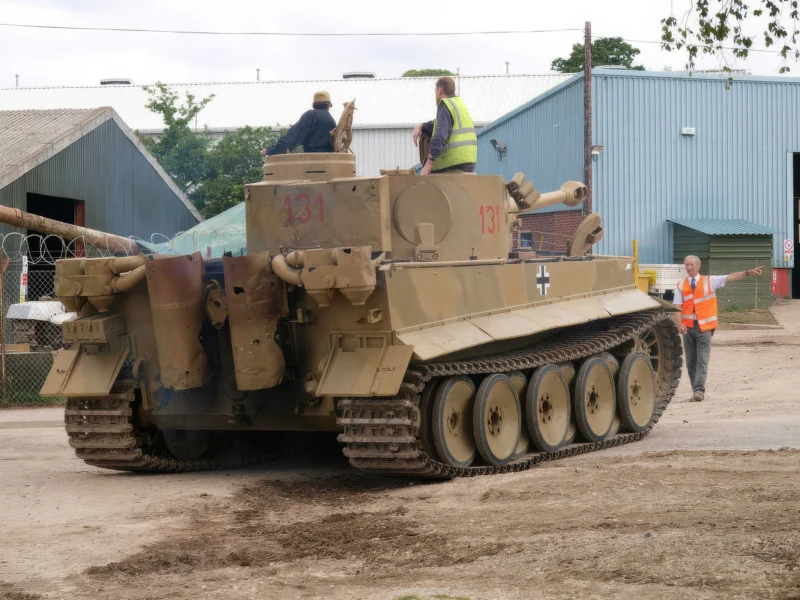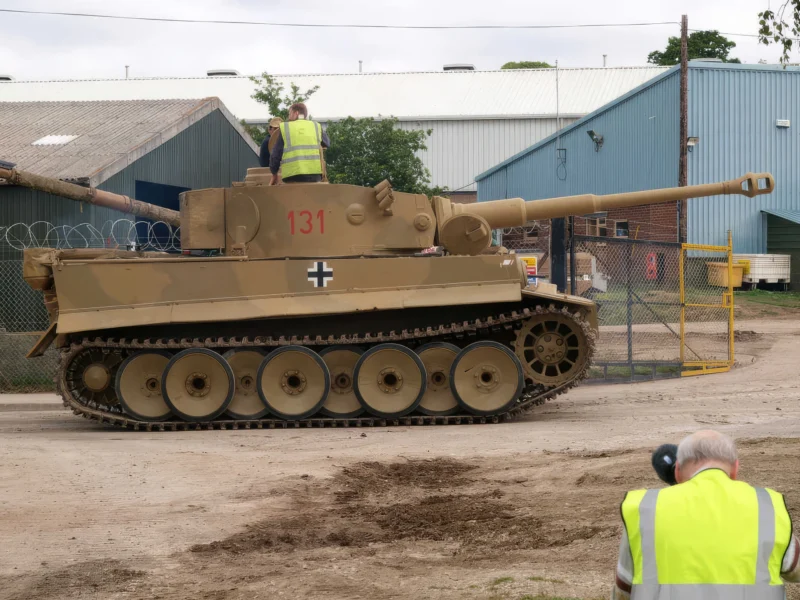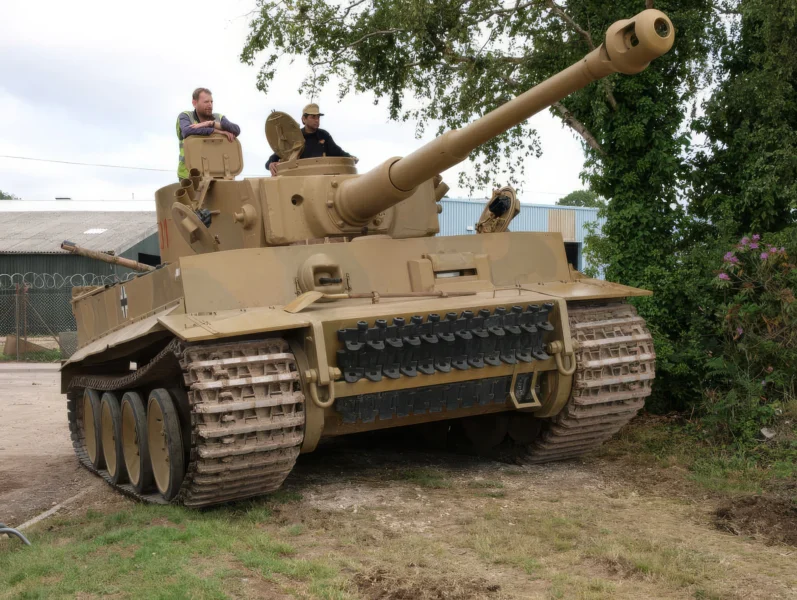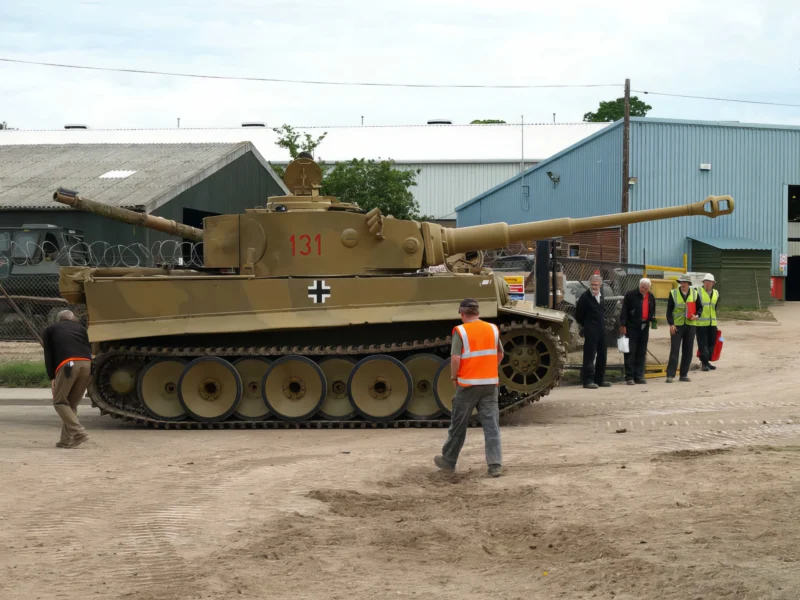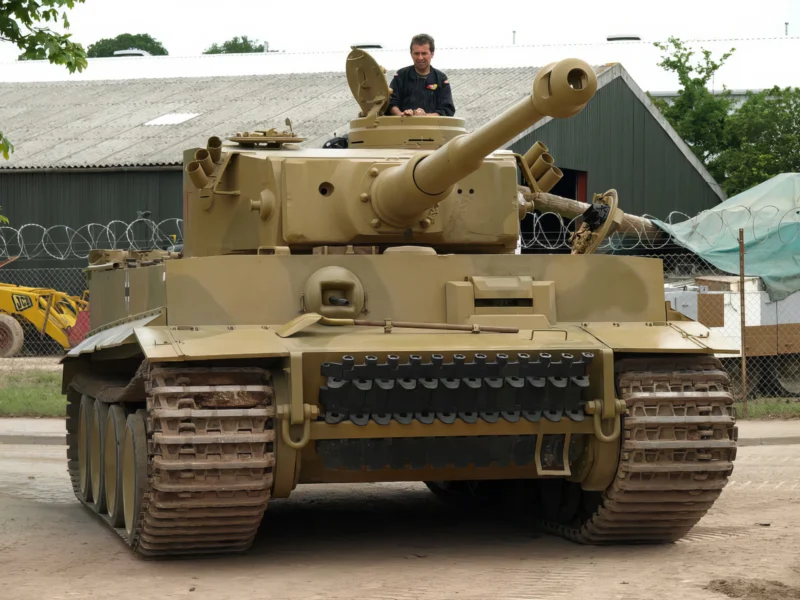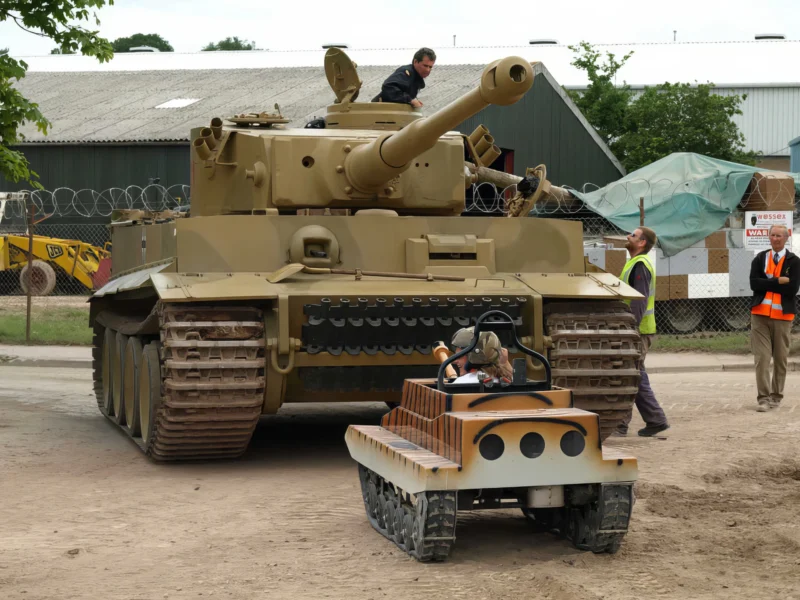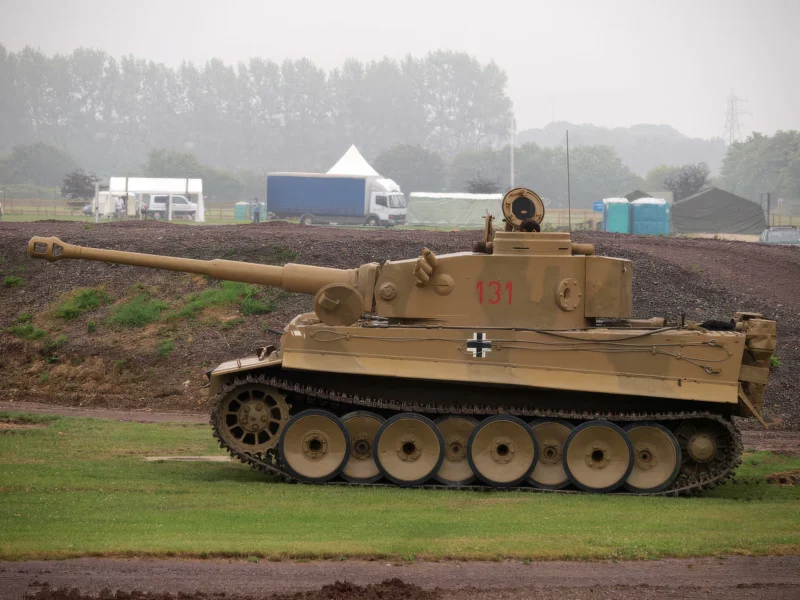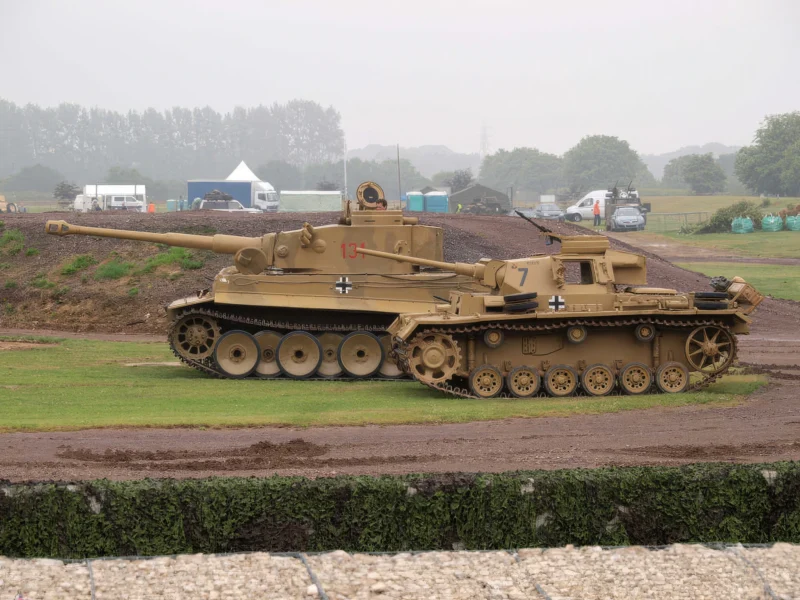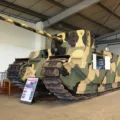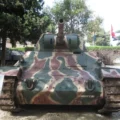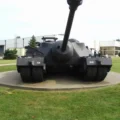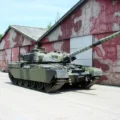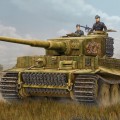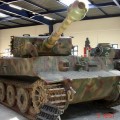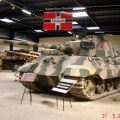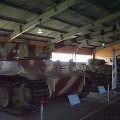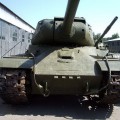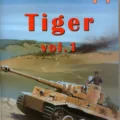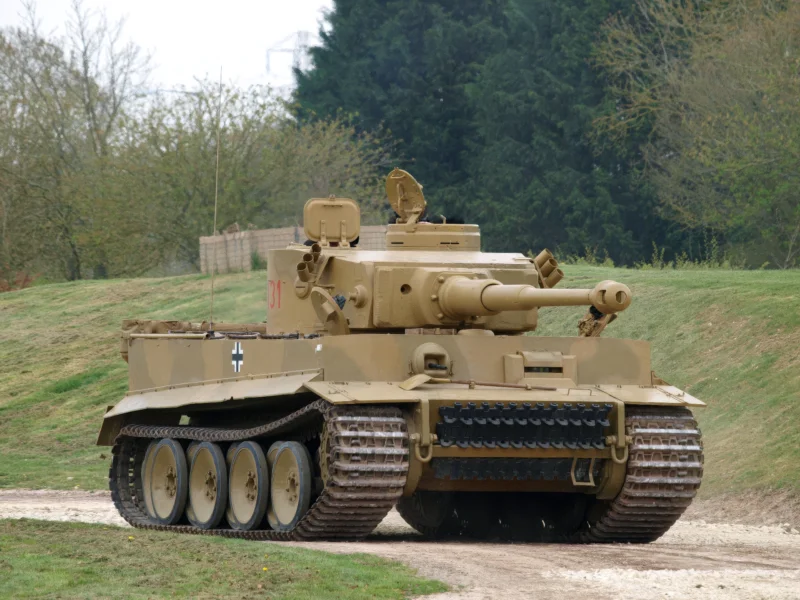
Tiger Tank | |
|---|---|
| Krajiny | Nemecko |
| Typ | Ťažká nádrž |
| Popis / kontrol | Album of 27 photos walk-around of a «Tiger Tank» |
Fotogaléria tigrieho tanku v akcii, The Tiger I. je bežný názov nemeckej ťažkej nádrže vyvinutej v roku 1942 a používanej v druhej svetovej vojne. Konečným oficiálnym nemeckým označením bol Panzerkampfwagen VI Tiger Ausf.E, často skrátený na Tiger. Bola to odpoveď na nečakane impozantné sovietske brnenie, s ktorým sa stretli v prvých mesiacoch osovej invázie do Sovietskeho zväzu, najmä T-34 a KV-1. Dizajn Tiger I dal Wehrmachtovi prvú nádrž, ktorá vo svojej pôvodnej obrnenej bojovej verzii vyhradenej pre bojové vozidlá, ktorá vo svojej verzii Flak predtým preukázala svoju účinnosť proti leteckým aj pozemným cieľom. Počas vojny som videl boj na všetkých nemeckých bojiskách. Zvyčajne bol rozmiestnený v nezávislých tankových práporoch, čo sa ukázalo ako dosť impozantné.
Pozri tiež:
`Komisia Panzerkampfwagen VI (Pz.Kpfw. VI), commonly known as the Tiger, was a series of German heavy tanks used during World War II. It was a formidable and revolutionary design, primarily known for its incredibly heavy armor and powerful main gun. The series includes two primary models: the Tiger I and the Tiger II.
1. Panzer VI Tiger I (Sd.Kfz. 181)
The original Tiger I was a response to the unexpectedly strong Soviet tanks encountered during the invasion of the USSR. It entered service in 1942 and quickly established a fearsome reputation.
- Rola: Heavy Tank, designed for breakthrough and long-range engagement.
- Hlavná výzbroj: The devastating 88 mm KwK 36 L/56 cannon, which could penetrate most Allied tank armor at extreme distances.
- Armor: Featured very heavy, though largely flat and vertical, armor. Frontal hull armor was typically 100 mm thick, with the gun mantlet up to 200 mm. Its protection relied on sheer thickness.
- Weight: Približne 57 tonnes.
- Pohyblivosť: Powered by a 700 hp Maybach V-12 engine. Capable of speeds up to 38 to 45 km/h on roads. Its complex interleaved road wheel suspension provided good off-road performance but was mechanically demanding and maintenance-intensive.
- Crew: 5 (Commander, Gunner, Loader, Driver, Radio Operator).
2. Panzer VI Tiger II (Königstiger / King Tiger) (Sd.Kfz. 182)
The Tiger II, or “King Tiger,” was the successor to the Tiger I and represented an evolution in German tank design. It entered production in late 1943.
- Rola: Heavy Tank.
- Hlavná výzbroj: The superior 88 mm KwK 43 L/71 cannon. This longer-barreled gun significantly increased muzzle velocity and anti-tank performance.
- Armor: Combined the sheer thickness of the Tiger series with sloped armor. The frontal hull plate was 150 mm thick and angled at 50, making it virtually impervious to most Allied tank guns from the front.
- Weight: Takmer 68.5 tonnes, making it the heaviest tank used by Germany during the war.
- Drawbacks: Its extreme weight severely strained its powertrain, leading to significant mechanical reliability issues and placing a massive burden on German logistics and manufacturing.
Views : 9271
